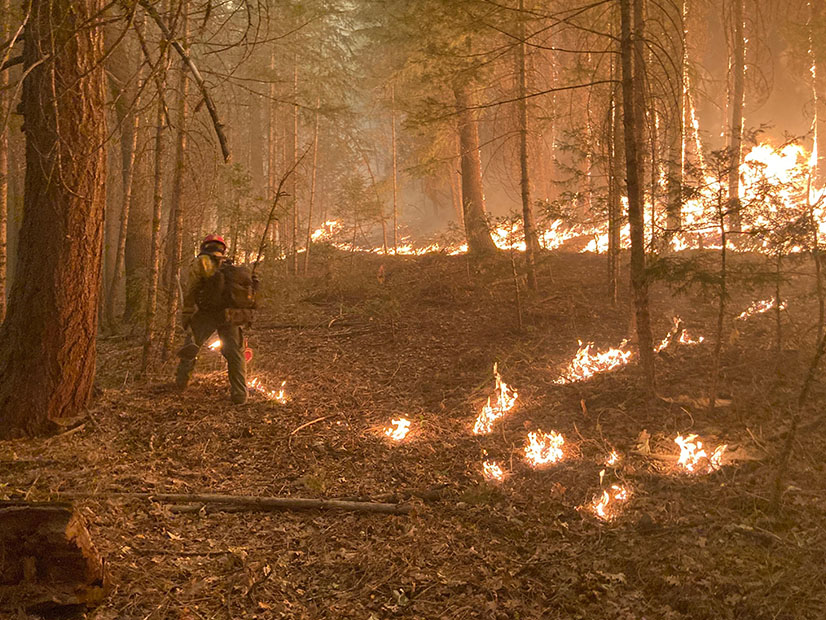
Raging forest fires, rising sea levels and scorching high temperature records are here to stay, the U.N.’s Intergovernmental Panel on Climate Change concluded Monday in a report based on an analysis of more than 14,000 scientific climate studies.
The report stressed that climate change is not a distant problem but one that is already here — and getting worse much faster than expected.
The findings are stark:
- Since 1850, industrialization has pushed up global average temperatures by 1.1 degrees Celsius (2 degrees Fahrenheit), leading to the major droughts, heat waves and super storms that have become common around the world.
- Carbon dioxide and other greenhouse gas increases are now on course to push global average temperature changes well beyond 1.5 C, which previous studies warned could lead to unstoppable climate disruptions. An increase of just 2 C would severely disrupt agriculture dependent on stable weather patterns.
- Carbon emissions must be sharply reduced as quickly as possible, along with cumulative emissions through direct air capture, in order to reach a net-zero position by 2050.
- Sea level rise, already underway, cannot be reversed and could continue for hundreds or thousands of years as polar ice caps and glaciers melt. Coastal cities can expect sea levels to rise through the 21st century. Frequent and severe flooding can be expected.
“This report is a reality check,” IPCC Working Group I Co-Chair Valérie Masson-Delmotte said in a statement released before the group held a press conference. “We now have a much clearer picture of the past, present and future climate, which is essential for understanding where we are headed, what can be done and how we can prepare.”
But the kind of concerted and cooperative global effort to reduce carbon emissions to the degree the report recommends will take unprecedented international cooperation, such that has never occurred except perhaps during war.
Predictions of climate change have been issued regularly for several years by the U.N. and by various U.S. federal agencies. But scientists said this year’s study is more exact because of improvements in measurements. It is the sixth from the IPCC and one of several to be released before the 26th U.N. Climate Change Conference of the Parties (COP26) in Glasgow in November.
The U.S. Department of Agriculture has noted for several years, including in a 2018 report, that average temperatures were increasing and advised farmers to be prepared. But the report did not imagine the kind of disasters this latest U.N. report envisions.
The study comes just days after the Biden administration, in an effort to move the nation away from the internal combustion engine, unveiled a goal of 50% of new cars sold by 2030 being electric, an effort that will require the creation of an entire new industry and supply chain in the U.S. to compete with China. (See Biden Executive Order Sets 50% EV Goal by 2030.) Massive federal financial assistance is anticipated to jumpstart that transition, including the construction of charging stations.
The administration earlier this year set another goal of 30 GW of Atlantic offshore wind power by 2030 — a target that will also require the creation of a new U.S. supply chain, as well as billions of dollars in federal loans and incentives. (See US Adds Offshore Wind Area off New York.)
The rising sea levels and more severe storms predicted by the U.N. report could add billions to OSW developers’ budgets as they try to modernize ports and harbors.

